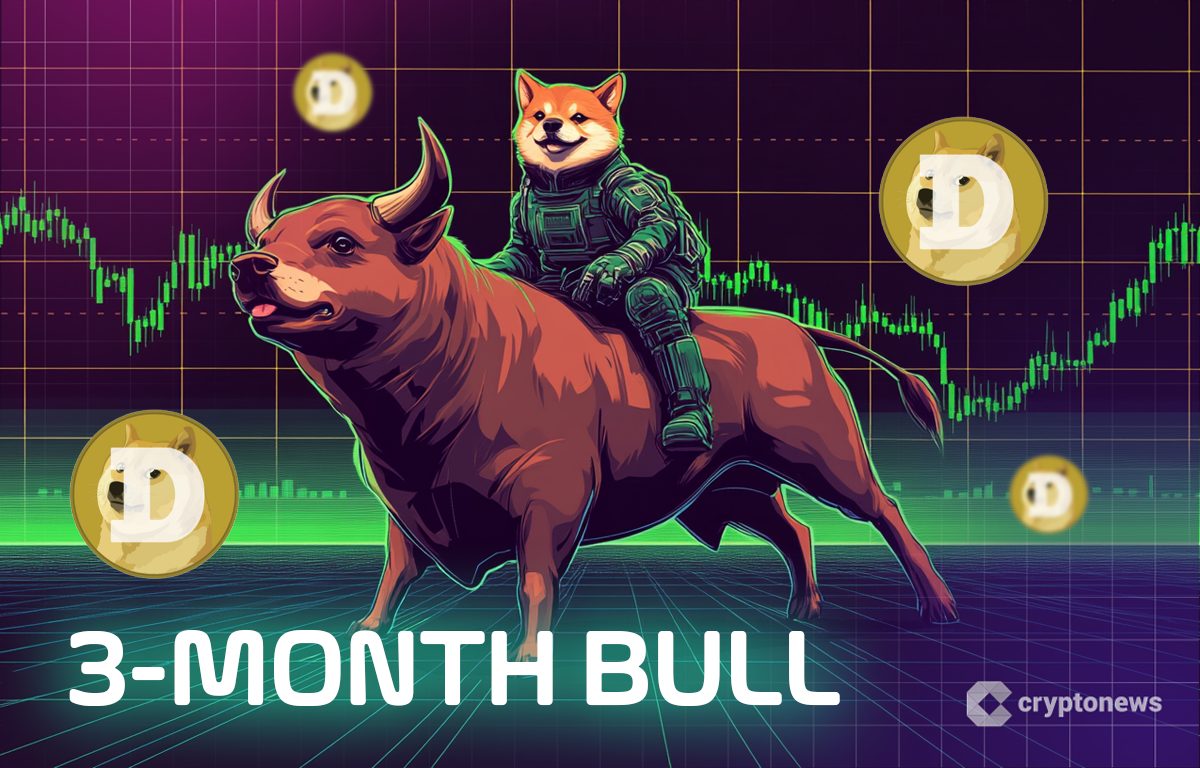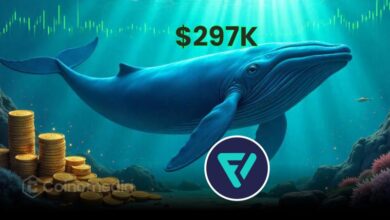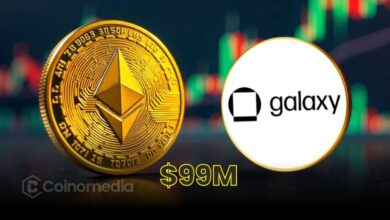When VCs start Meme hackathons, is the end of crypto investment going to Meme?
Original Title: "When VC Holds a Meme Hackathon, Is the End of Cryptocurrency Investment Just Meme?"
Original Source: Deep Tide TechFlow
Usually in the eyes of retail investors, VC is like a sickle propeller, while Meme is the big red flag against the sickle.
Culture and community-driven Memes often lack heavy primary investments and endorsements from major VCs. The relatively fair and random nature has also made "rushing into the dog" gradually become a carnival for retail investors --- being cut in all directions, it's better to bet on Meme lottery.
However, this carnival has long ceased to belong to VCs.
Venture capitalists with top-notch foresight and vision naturally understand the shift in trends in the crypto community. Whether anxious or thoughtful, they also need to do something to seek breakthroughs in the attention economy's big wave.
Recently, Variant co-founder Li Jin took action and wrote on his Twitter:
"Born too late to explore the Earth; born too early to explore the universe; born at the right time, hold a meme hackathon."

This event, named Memecoin Hackathon, with Li Jin as the organizer on the introduction page, is scheduled to be held at the headquarters of Variant Fund in New York on April 20, calling for teams that can build:
· New meme coins, especially those seeking to have a positive impact on a broader ecosystem
· Liquidity layers, including Telegram bots, DEX
· Applications that use memecoins as a go-to-market strategy
· Applications built around memecoin for practical use
Interestingly, the event mentions a term called "Memefra," which stands for Meme infrastructure. Allowing teams with ideas and capabilities to build Memefra, it is clear that VCs also welcome anything that creates conditions for Memes.
Is it really time for VCs, who have always been in the high-end infrastructure technology stream, to timely catch up with the Meme wave that comes with a grassroots spirit?
Attention Economy, the Perpetual Motion Machine of the Crypto World
In fact, VC co-hosting a Meme hackathon is not a sudden trend but more of seizing the opportunity.
VC investments focus on returns, while Memes themselves possess "attention value."
In a previous blog post by Li Jin, she keenly realized that Memecoin, NFT, and tokens are new "attention assets" that can measure the value of attention in real-time.

Abundant information leads to attention scarcity, making attention a scarce resource. However, in the Web2-dominated advertising business model, the value brought by user attention is harvested by platforms rather than flowing back to users.
Therefore, cryptocurrencies can be seen as the next generation iteration of the attention economy, with a more efficient market.
Memecoin can measure and capture the value of attention in real-time. Users can invest in and own attention assets to express their belief in whether specific memes, media, creators, or networks will receive more attention and interest in the future.
From this perspective, VC's favoritism towards Meme coins becomes more reasonable.
After all, successfully investing in products that capture public attention (even if they are Memes) is quite tempting and convincing.
While attracting user attention, the emergence of Memes also provides a lesson for many crypto projects in terms of marketing methods and listing pace:
In the traditional model, crypto projects follow the path of "product first, then attention" --- first build a product through technology, then build a community around it through marketing, gradually gaining recognition and development;
Under the Meme attention economy, crypto projects can completely go with "attention first, then product" --- by launching a project integrated with a popular memecoin, new applications/infrastructure can mobilize the holders of memecoins, allowing them to experience more utility from their tokens.
Two different development approaches, obviously the era has chosen the latter.
Regardless of the type of crypto project, fundamentally they are all about attracting attention, getting more people involved and using the tokens, establishing more connections with the tokens.
Driven by the attention economy, the crypto world has gone through many stages, from Bitcoin to Ethereum, from NFTs to Memes, each narrative shift signifies a transfer of attention.
Therefore, it's not surprising that VCs are revolving around attention and making timely changes.
Users Educate VCs, and VCs Educate Users
However, you should know that the crypto market was not always dominated by wild Meme celebrations but followed a traditional and serious path of venture capital.
When Ethereum was just born, even Vitalik in 2014 had to do project roadshows and explanations for various investors from the East and the West.

Although many crypto veterans often reminisce about "no one understood Ethereum at the time, now they regret not investing," even with Vitalik's strength, crypto projects have always followed an unchanged process:
First impress VCs with strength (or bragging strength), then move towards the market, seizing (or harvesting) users' attention.
In this path, whether it's ICOs or IEOs, VCs with advantages in early rounds obtained a large number of low-priced chips, then waited for different unlock conditions as the project progressed to sell; of course, there are savvy retail investors who followed along, but there are also many bottom fishers who took the last bite.
Over time, they grew tired; after a round of education, users probably understand how things work.
So, more and more in the new cycle, we can see projects like inscriptions, runes, and Memecoins that VCs are not very involved in, too late to participate, or disdain to participate. They not only break the traditional venture capital process mentioned above but also disrupt the path of attention growth:
First directly capture users' attention with explosive growth, then do other things based on the user base.
Users are not afraid of extreme ups and downs, but afraid that I don't have a better opportunity than you to enjoy the extreme ups and downs, evidently Memes provide users with a relatively closer channel, even if they may get cut, it's still better than clearly being a VC's last resort.
So, in a way, users are also educating VCs in return, saying, "Hey, adults, times have changed."
Seeing a role reversal in the ecosystem chain is quite interesting, and this is precisely what makes the crypto world fascinating:
Mutual cutting, mutual growth.
Disclaimer: The content of this article solely reflects the author's opinion and does not represent the platform in any capacity. This article is not intended to serve as a reference for making investment decisions.
You may also like
European Blockchain Sandbox Selects Web3 Companies for Third Cohort, Including Privado ID
“The selected use cases span all EU/EEA regions and represent a wide range of industry sectors and regulatory topics,” the European Blockchain Sandbox says.

Is Dogecoin About to Explode? Analysts Say a 3-Month Bull Run May Be Starting
Dogecoin (DOGE) could rally during the next 3 months and surge to $0.75 according to this analyst's predictions.

Fartcoin Whale Doubles Down, Loses Another $297K
A whale investor spent $1.98M on Fartcoin after prior $701K loss—now down $297K again. Will this risky bet ever pay off?Risky Move: Whale Reinvests in Fartcoin After Big LossMemecoin Madness: High Risk, High VolatilityWill the Gamble Pay Off?

Galaxy Digital Moves $99M in ETH to Exchanges
Galaxy Digital has deposited over $99M worth of Ethereum to exchanges in the past 6 days, sparking market speculation.Galaxy Digital Ramps Up ETH TransfersStrategic Shift or Exit Signal?Ethereum Under the Microscope

